South Korea is a land of rich culture, vibrant cities, and stunning natural landscapes. Timing your visit is crucial to ensure you experience the best it offers. Here’s why timing is everything:
- Golden seasons: Enjoy mild weather and breathtaking landscapes in spring and autumn.
- Shoulder season surprises: Find fewer crowds and better deals in late spring and early autumn.
- Off-peak adventures: Embrace the quiet charm of late autumn or early spring.
- Festival frenzy: Plan your trip around cultural celebrations for a unique experience.
- Weather woes: Navigate climate challenges to ensure a comfortable trip.
- Crowd control: Avoid peak season tourist crushes for a more relaxed visit.
By following these tips, you can make the most of your South Korean adventure and create unforgettable memories. Ready to discover the best times to visit South Korea? Let’s dive in!
The golden seasons: when South Korea shines brightest
Spring and autumn are often considered the golden seasons in South Korea. The weather is mild during these times, and the landscapes are breathtaking. From March to May, springtime is famous for its cherry blossoms, which blanket the country in pink hues.
From September to November, autumn showcases vibrant foliage, making it a perfect time for outdoor activities and sightseeing. If you visit during these seasons, the weather is comfortable, with temperatures ranging from 10 to 20 degrees Celsius.
This makes it ideal for exploring both urban and rural areas. Tourist attractions are less crowded than peak summer months, allowing you to enjoy a more relaxed and immersive experience.
Shoulder season surprises: finding the sweet spot
The shoulder seasons, which fall just before and after the peak travel times, offer a sweet spot for visitors looking to avoid large crowds and high prices. Late spring and early autumn are particularly appealing, as they still boast beautiful weather and scenery but with fewer tourists.
Traveling in shoulder seasons can lead to better deals on accommodations and flights. Explore popular destinations without crowds for a more personal experience. Enjoy outdoor activities in pleasant weather.
Off-peak adventures: embracing the quiet charm
Visiting South Korea during the off-peak seasons, such as late autumn or early spring, allows you to experience the country’s quieter, more serene side. These periods offer a unique charm as you can explore famous sites and hidden gems without the hustle and bustle of tourist crowds.
Off-peak travel also means lower prices on everything from accommodations to local tours. It’s an excellent opportunity to delve deeper into South Korean culture and heritage, visit lesser-known attractions, and engage more closely with the local community.
Festival frenzy: timing your trip for cultural celebrations
South Korea hosts numerous festivals annually, making it an exciting destination for cultural enthusiasts. Planning your trip around these events can add a unique and memorable dimension. For example, the Boryeong Mud Festival in July is a lively event where you can enjoy mud wrestling, mudslides, and other activities.
Another notable event is the Andong Mask Dance Festival, held in autumn, which showcases traditional Korean mask dances and performances. Timing your visit to coincide with these festivals allows you to experience the vibrantculture and traditions of South Korea firsthand.
Weather woes: navigating South Korea’s climate challenges
South Korea’s weather can be unpredictable, and you must be prepared for climate challenges during your visit. Summer, from June to August, is characterized by high temperatures and humidity, making outdoor activities less comfortable.
Additionally, the monsoon season falls within this period, bringing heavy rains and potential disruptions to travel plans. Winter, on the other hand, can be harsh, with temperatures dropping below freezing.
However, this season also offers its unique charm, with snow-covered landscapes and winter festivals. Knowing what to expect weather-wise can help you pack appropriately and plan activities that suit the climate.
Crowd control: avoiding the tourist crush
Planning your visit outside the peak summer months and major holidays like Chuseok (Korean Thanksgiving) and Seollal (Lunar New Year) is best to avoid the tourist crush. These times see a significant influx of domestic and international tourists, leading to crowded attractions and higher prices.
By choosing to travel during the shoulder or off-peak seasons, you can enjoy a more relaxed and intimate experience. Visiting popular sites early in the morning or later in the evening can also help you avoid large crowds and enjoy the attractions at your own pace.
The verdict: the best and worst times to visit South Korea, revealed!
After considering the weather, crowd levels, and cultural events, the best times to visit South Korea are spring and autumn. These periods offer mild temperatures, beautiful landscapes, and a range of cultural festivals, making them ideal for a well-rounded travel experience.
Conversely, the worst times to visit are during the peak summer months and major holidays, when the weather is less favorable and tourist areas are overcrowded. By carefully planning your trip around the golden and shoulder seasons, you can ensure an unforgettable and enjoyable adventure in South Korea.
Springtime splendor: cherry blossoms and mild temperatures
Springtime in South Korea is magical, with cherry blossoms blooming from late March to early April. The mild temperatures, ranging from 10 to 20 degrees Celsius, make it perfect for outdoor activities and exploring the country’s natural beauty.
Parks, gardens, and streets are adorned with pink and white flowers, creating picturesque scenes perfect for photography. During this time, you can also participate in various cherry blossom festivals, such as the Jinhae Cherry Blossom Festival, where you can enjoy cultural performances, parades, and food stalls.
Spring is also an excellent time to visit historical sites and temples, as the weather is comfortable and the surroundings are lush and green.
Autumnal allure: vibrant foliage and pleasant weather
Autumn in South Korea, from September to November, is known for its vibrant foliage, with trees turning shades of red, orange, and yellow. The weather is pleasant, with temperatures ranging from 15 to 25 degrees Celsius, making it an ideal time for hiking and outdoor activities.
Popular destinations like Nami Island, Seoraksan National Park, and the royal palaces in Seoul are particularly stunning during this season. Autumn is also harvest season, and you can enjoy a variety of seasonal foods and traditional festivals.
The Andong Mask Dance Festival and the Busan International Film Festival are notable events that attract both locals and tourists. Exploring South Korea during autumn allows you to experience the country’s natural beauty and cultural richness.
Summer sizzle: beaches, festivals, and heatwaves
Summer in South Korea is hot and humid from June to August, with temperatures often exceeding 30 degrees Celsius. Despite the heat, this season is popular for beachgoers and festival enthusiasts.
Coastal cities like Busan and Jeju Island are bustling with activities, offering beautiful beaches, water sports, and vibrant nightlife. The Boryeong Mud Festival and the Busan Sea Festival are major summer events that attract large crowds.
However, preparing for the monsoon season is important, as it brings heavy rains and potential travel disruptions. Staying hydrated and taking breaks from the heat can help you enjoy your summer adventures in South Korea.
Winter wonderland: snow-capped mountains and festive cheer
From December to February, winter in South Korea is characterized by cold temperatures and snowfall, particularly in the northern and mountainous regions. This season offers a unique charm, with snow-covered landscapes and various winter festivals.
Ski resorts like Alpensia and Yongpyong in Pyeongchang are popular destinations for skiing and snowboarding. Seoul and other cities are beautifully decorated for the holiday season, with Christmas markets, ice skating rinks, and festive lights.
The Hwacheon Sancheoneo Ice Festival, where visitors can ice fish and participate in winter sports, is a notable winter event. Embracing the cold and enjoying winter activities can make your trip to South Korea memorable.
Hidden gems of the shoulder seasons: fewer crowds, lower prices
The shoulder seasons, particularly late spring and early autumn, are ideal for exploring South Korea’s hidden gems. These periods offer fewer crowds and lower prices, allowing you to experience popular destinations more comfortably.
Places like the Boseong Green Tea Fields, Jeonju Hanok Village, and the DMZ (Demilitarized Zone) are less crowded and more enjoyable during these times. In addition to the well-known attractions, the shoulder seasons are perfect for discovering lesser-known spots and engaging in local activities.
Whether hiking in the countryside or exploring traditional markets, traveling during these times provides a more authentic and relaxed experience.
Monsoon mayhem: preparing for summer rains
The monsoon season in South Korea, typically from late June to early August, brings heavy rainfall and high humidity. While this period can pose challenges for travelers, being prepared can help you navigate the weather. Waterproof clothing, umbrellas, and proper footwear are essential for staying dry and comfortable.
Despite the rain, the monsoon season can be beautiful, with lush landscapes and vibrant rice paddies. Indoor attractions like museums, galleries, and traditional tea houses offer a respite. Embrace the rain and plan wisely for an enjoyable trip, even during the monsoon.
Peak season pitfalls: overcrowding and price hikes
Peak travel seasons in South Korea, particularly during summer and major holidays, can lead to overcrowded attractions and higher prices. Popular sites like Gyeongbokgung Palace, Namsan Tower, and Myeongdong Shopping Street are bustling with tourists, making it challenging to enjoy the experience fully.
To avoid peak season travel issues, visit lesser-known spots or explore early morning or late evening. Booking in advance secures better deals, avoiding last-minute price hikes. Strategic planning helps you navigate peak season while enjoying your trip.
Unique experiences: festivals and events throughout the year
South Korea hosts a wide array of festivals and events throughout the year, offering unique experiences for travelers. From the cultural traditions of the Andong Mask Dance Festival to the international music acts at the Busan International Rock Festival, there is always something to see and do.
Andong Mask Dance Festival: A celebration of tradition
Experience the rich cultural heritage of South Korea at the Andong Mask Dance Festival. This event showcases traditional Korean mask dances and performances, providing a fascinating glimpse into the country’s history and customs.
Annually held in Andong, the festival showcases diverse performances by local and international mask dance troupes. Each performance narrates stories through intricate movements and masks, providing a unique glimpse into Korea’s folk traditions, romances, and craft markets.
Busan International Rock Festival: music by the sea
Rock out by the seaside at the Busan International Rock Festival. This event brings together international and local bands, offering an exhilarating experience for music lovers against Busan’s beautiful beaches.
The festival attracts rock enthusiasts worldwide annually in August, creating a vibrant and energetic atmosphere. With waves crashing in the background, festival-goers can enjoy a diverse lineup of rock genres, from classic rock to modern alternative.
Boryeong Mud Festival: fun and games in the mud
The monsoon season also brings unique festivals, such as the Boryeong Mud Festival, where visitors can participate in mud games and activities. Held annually in July, this festival takes place in the coastal city of Boryeong and is one of South Korea’s most popular summer events.
Visitors can dive into mud-related activities, including mudslides, mud pools, and even mud wrestling. The mineral-rich mud is said to have therapeutic properties, making the experience fun and beneficial for the skin.
Jinhae Cherry Blossom Festival: springtime splendor
Each spring, the Jinhae Cherry Blossom Festival attracts millions of visitors who come to witness the stunning cherry blossoms in full bloom. The city of Jinhae transforms into a pink wonderland, with cherry blossoms lining the streets, parks, and historical sites.
The festival, held in early April, features a variety of events, including parades, cultural performances, and light shows that illuminate the cherry blossoms at night.
Hwacheon Sancheoneo Ice Festival: winter fishing fun
In the heart of winter, the Hwacheon Sancheoneo Ice Festival offers a unique experience with ice fishing, ice sculptures, and various winter sports. Held in the small town of Hwacheon, this festival attracts over a million visitors each January.
Participants can try ice fishing to catch sancheoneo (mountain trout) through holes drilled into the frozen river. The thrill of catching fish in the icy waters is a highlight for many visitors.
Final thoughts
Overall, South Korea offers diverse experiences throughout the year, even during the monsoon season. Travelers can still have an enjoyable trip by being prepared for the weather and avoiding peak season pitfalls. To make the most of your trip to South Korea throughout the year, follow these actionable steps:
- Pack accordingly for each season, including rain gear for the monsoon season.
- Plan your visit during shoulder seasons to escape the crowds and enjoy better deals.
- Time your trip to coincide with local festivals and events for a unique, immersive experience.
- Discover the blend of history, culture, and modernity in cities and rural areas.
- Be open to adjusting your plans based on weather conditions and local happenings.
Considering these steps, you can enjoy a memorable and fulfilling adventure in South Korea, no matter when you visit. Ready to experience all that South Korea has to offer? Start planning your trip today!
Make Your Trip Easier
I’m all about planning trips on your own and figuring your way around the local scene. But still, I don’t want to leave you like a fish out of water!
Here are some resources I regularly use whenever I travel (on my own or with other people):
- Find fun things to do with Get Your Guide.
- Need accommodations? Find the best hotel deals on Booking.com!
- Get around like a local by booking a car rental on Discover Cars.
- Don’t sink or swim! Make ferry bookings easier on Ferryscanner.
- Looking to teach ASL or find work as you settle into your new life? This ITTT TEFL course is exactly what you need.
- Plane tickets can be pricey. Find the best deals on Oneflyaway and Faredrop.
- You know what they say, safety is the best policy. Keep yourself protected with travel insurance from Safetywing.
- Need to send or receive money overseas? It’s be unwise not to use Wise.
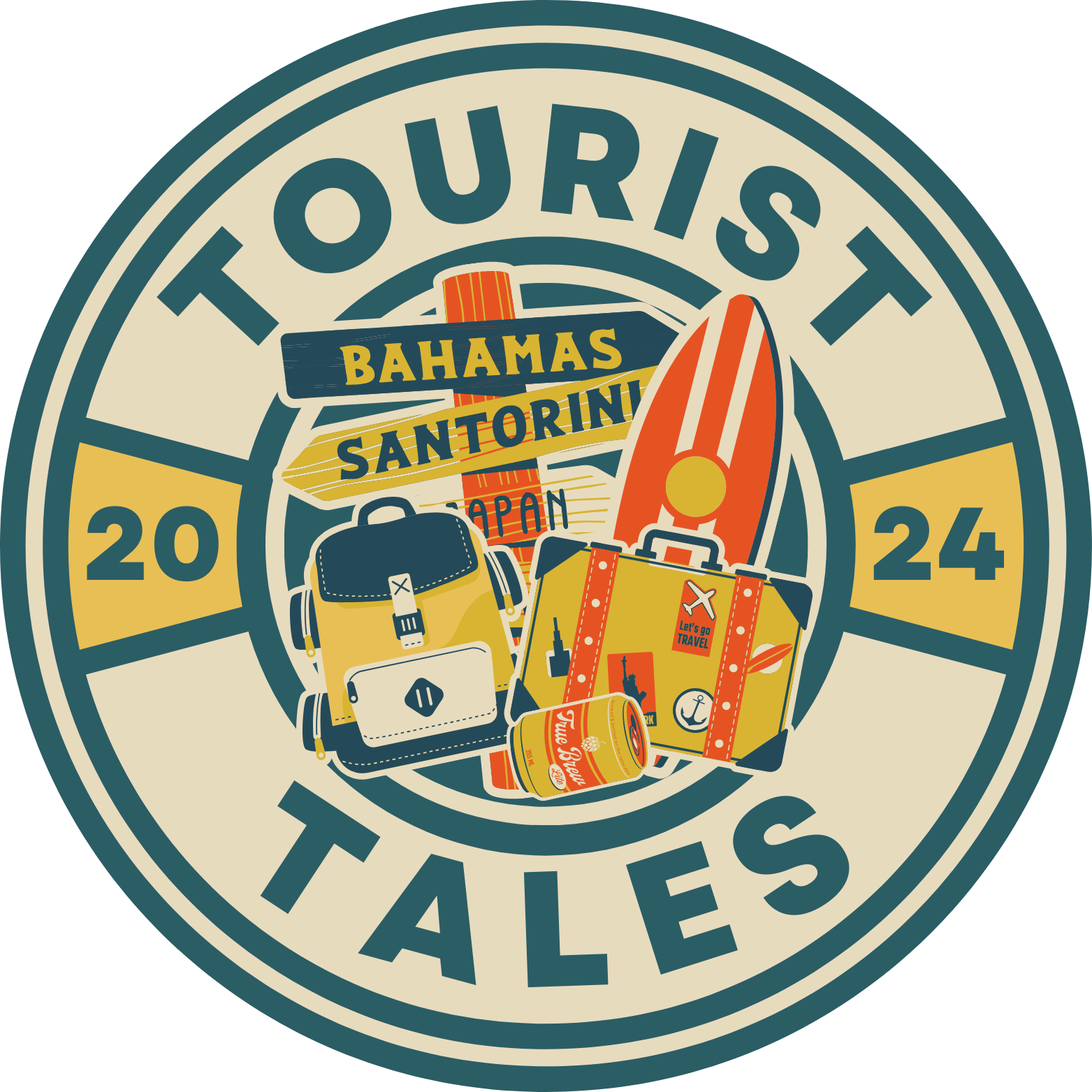
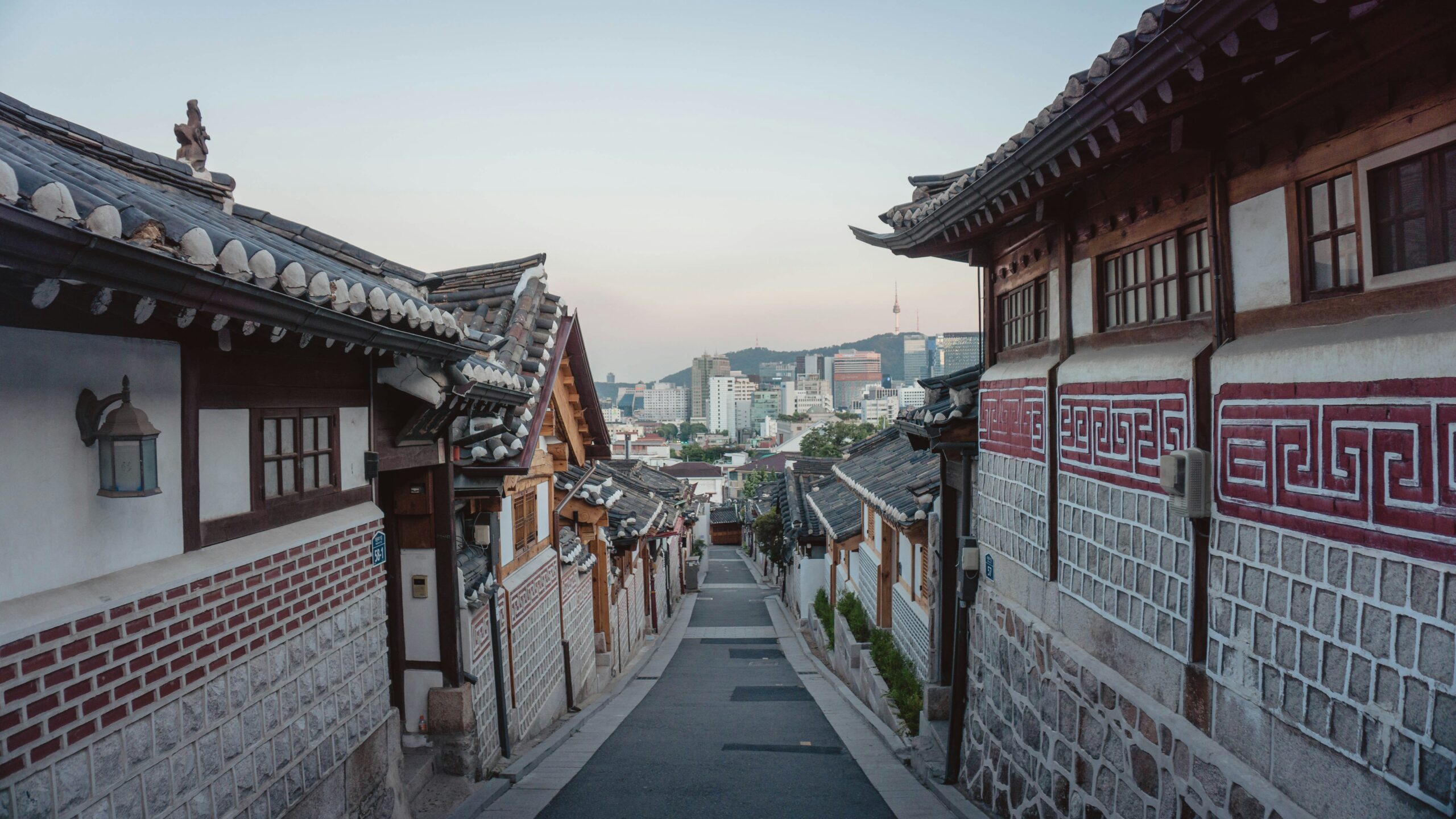
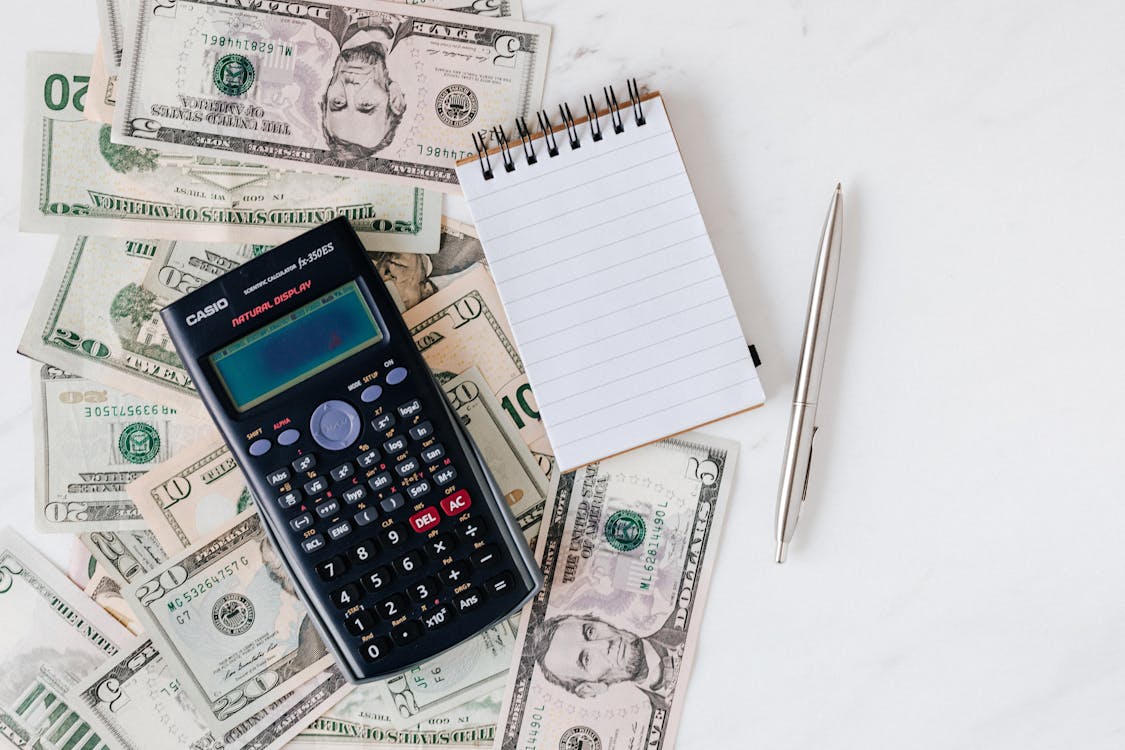
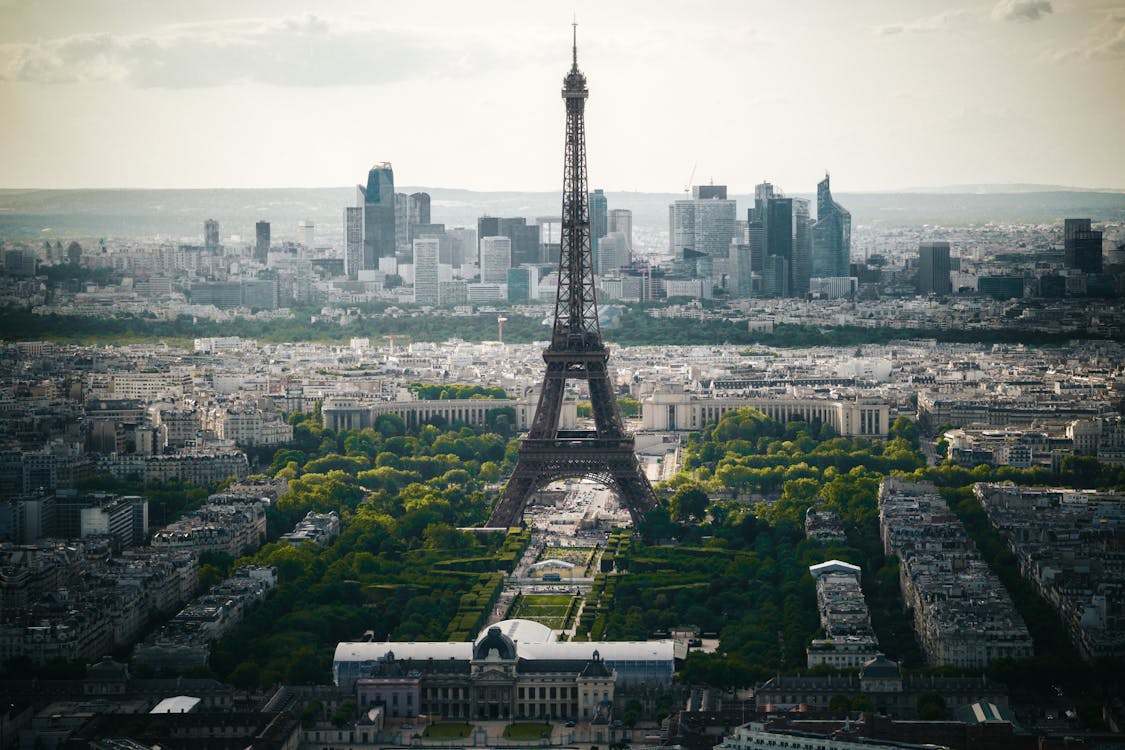
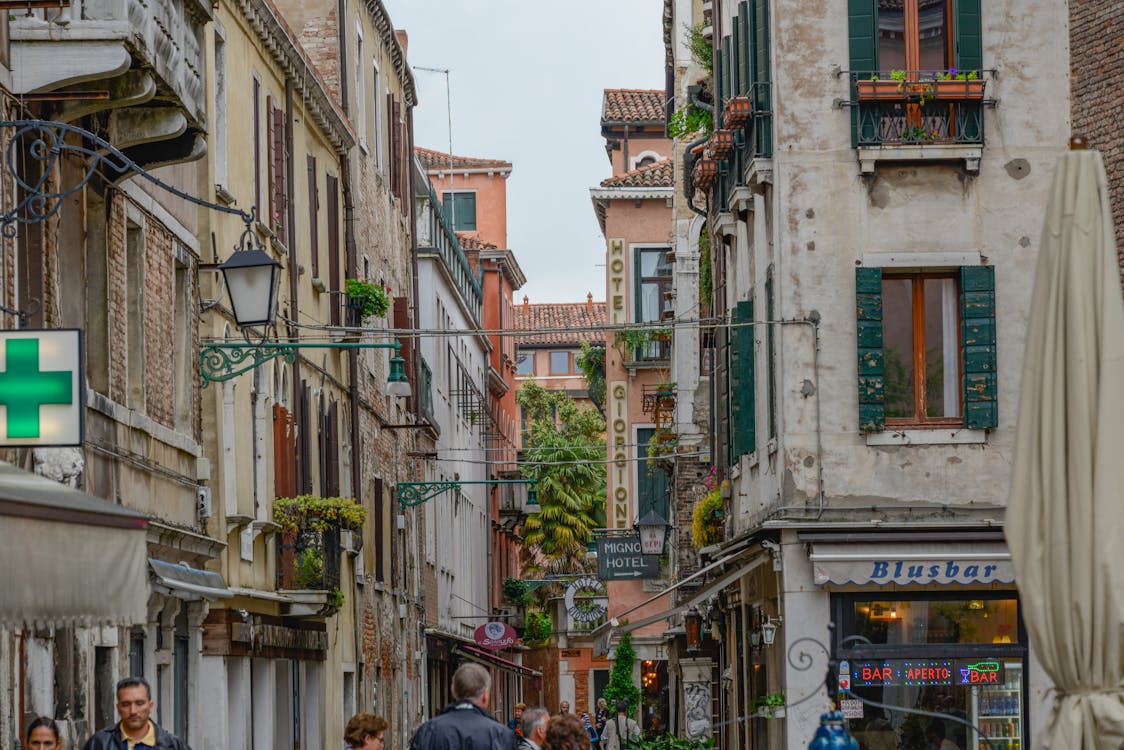
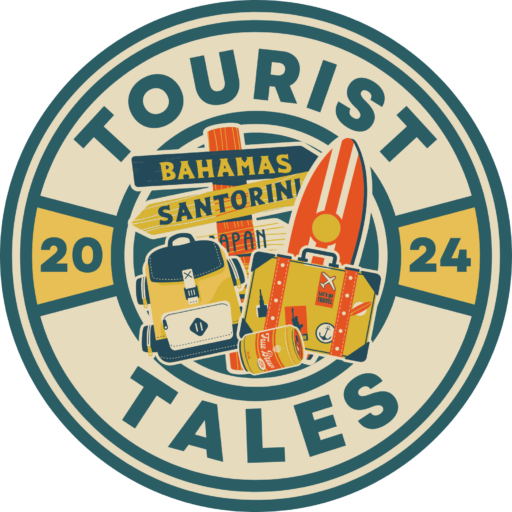
11 Responses
Loved the part about the festivals! Been to the Boryeong Mud Festival and it’s as fun as you mentioned. Great piece, Alice!
I’m planning a trip to Seoraksan National Park. Is autumn really the best time to go for hiking? And how’s the crowd then?
Summer sizzle section is so on point! Korea’s beaches are underrated. Can’t wait for my next summer trip.
While I appreciate the festival highlights, I feel like the historical significance of some festivals like the Andong Mask Dance Festival wasn’t fully covered. It’s not just about the performance but the story it tells about Korea’s cultural history.
Totally agree with you. It’s our responsibility to dive deeper into the cultural aspects and not just surface-level enjoyment.
autumn sounds amazing in korea. gotta see those colors for myself one day.
Hope to catch a K-pop idol at the Busan International Rock Festival. Maybe I’ll accidentally photobomb a music video shoot, ha!
Is the monsoon season really challenging for travelers? What’s the best way to prepare?
hidden gems during shoulder seasons sound like a win-win. good weather, fewer people, and saving money? sign me up.
Winter wonderland section caught my eye. The Hwacheon Sancheoneo Ice Festival seems like a dream.
Can’t wait to plan my trip around these festivals. Korean food is the best, hoping to hit a few food festivals too!